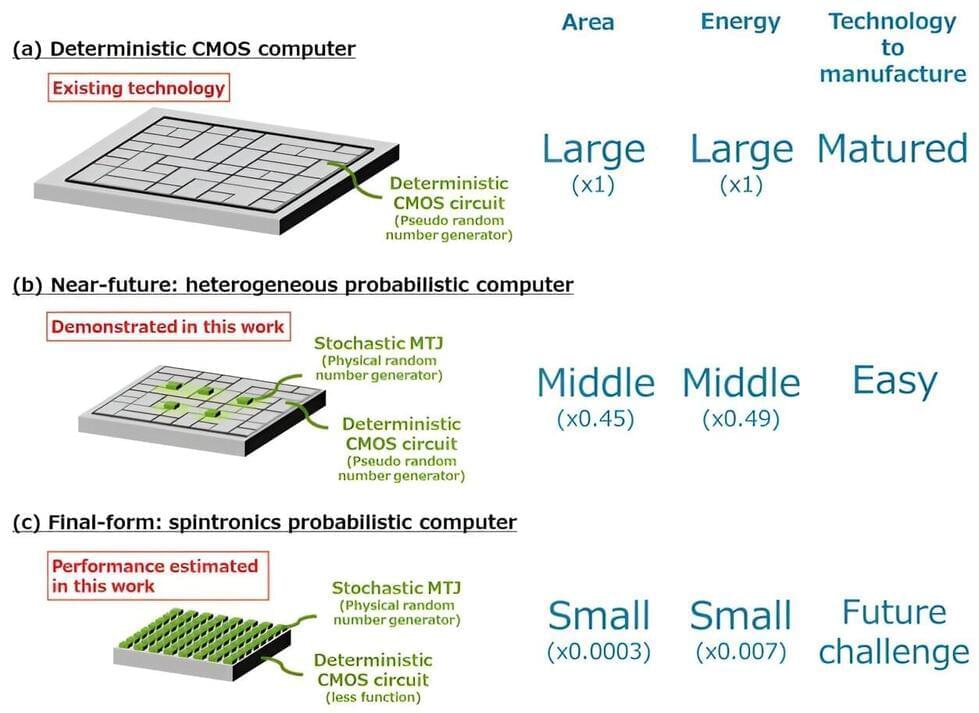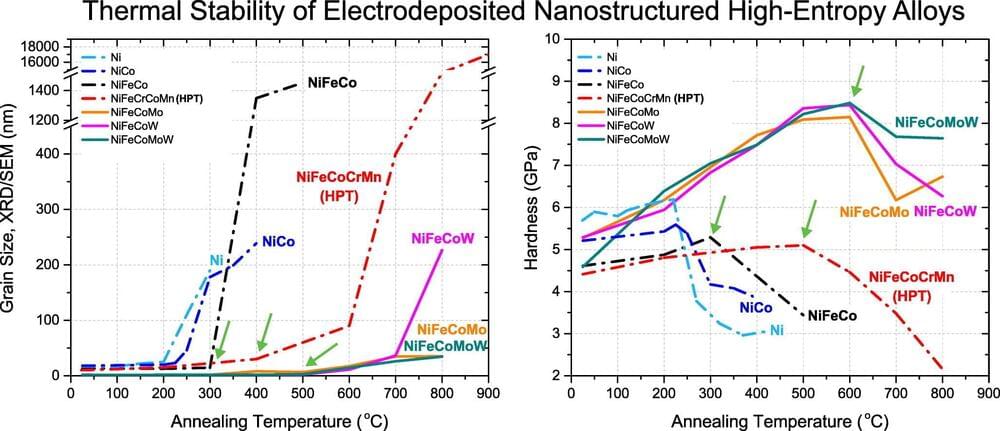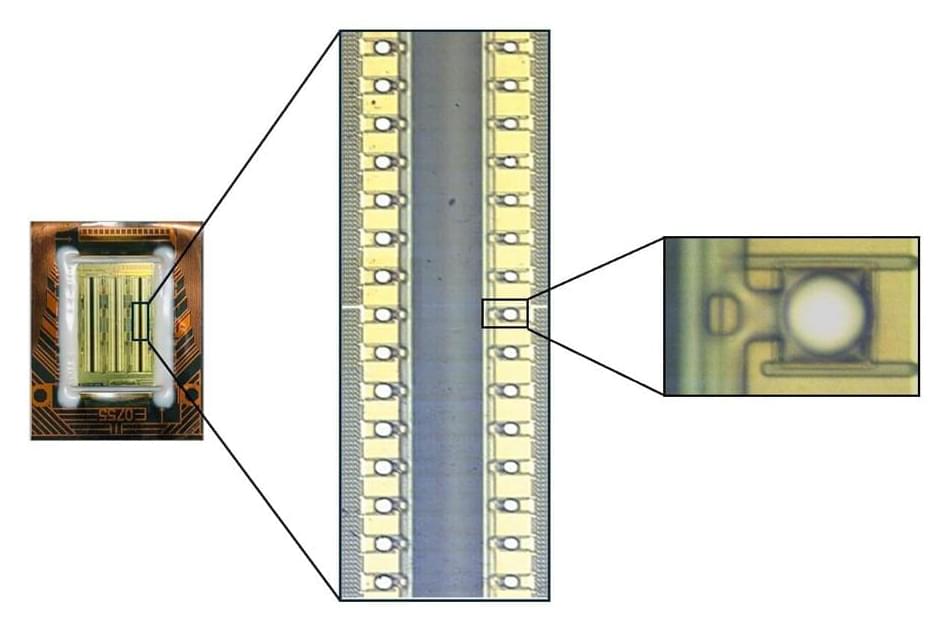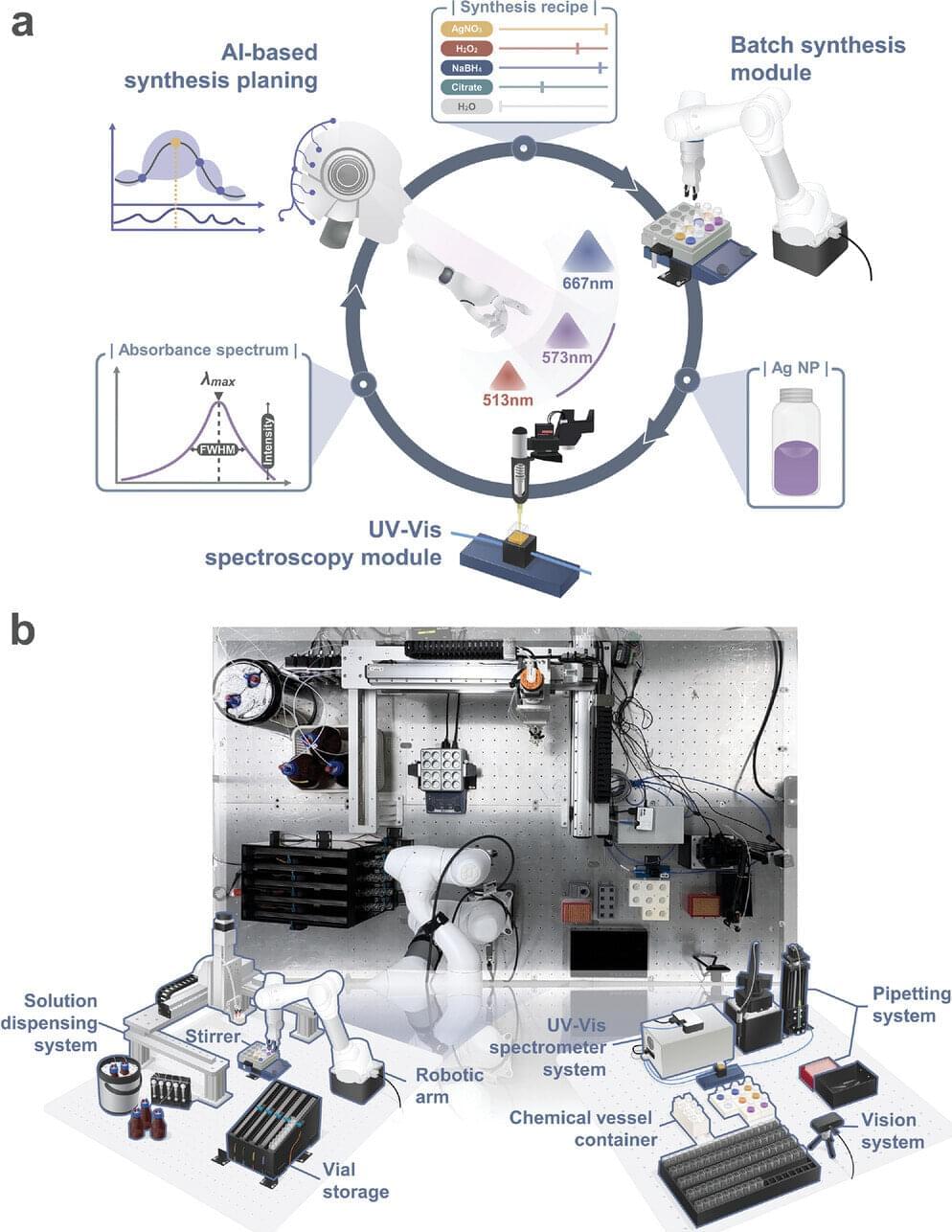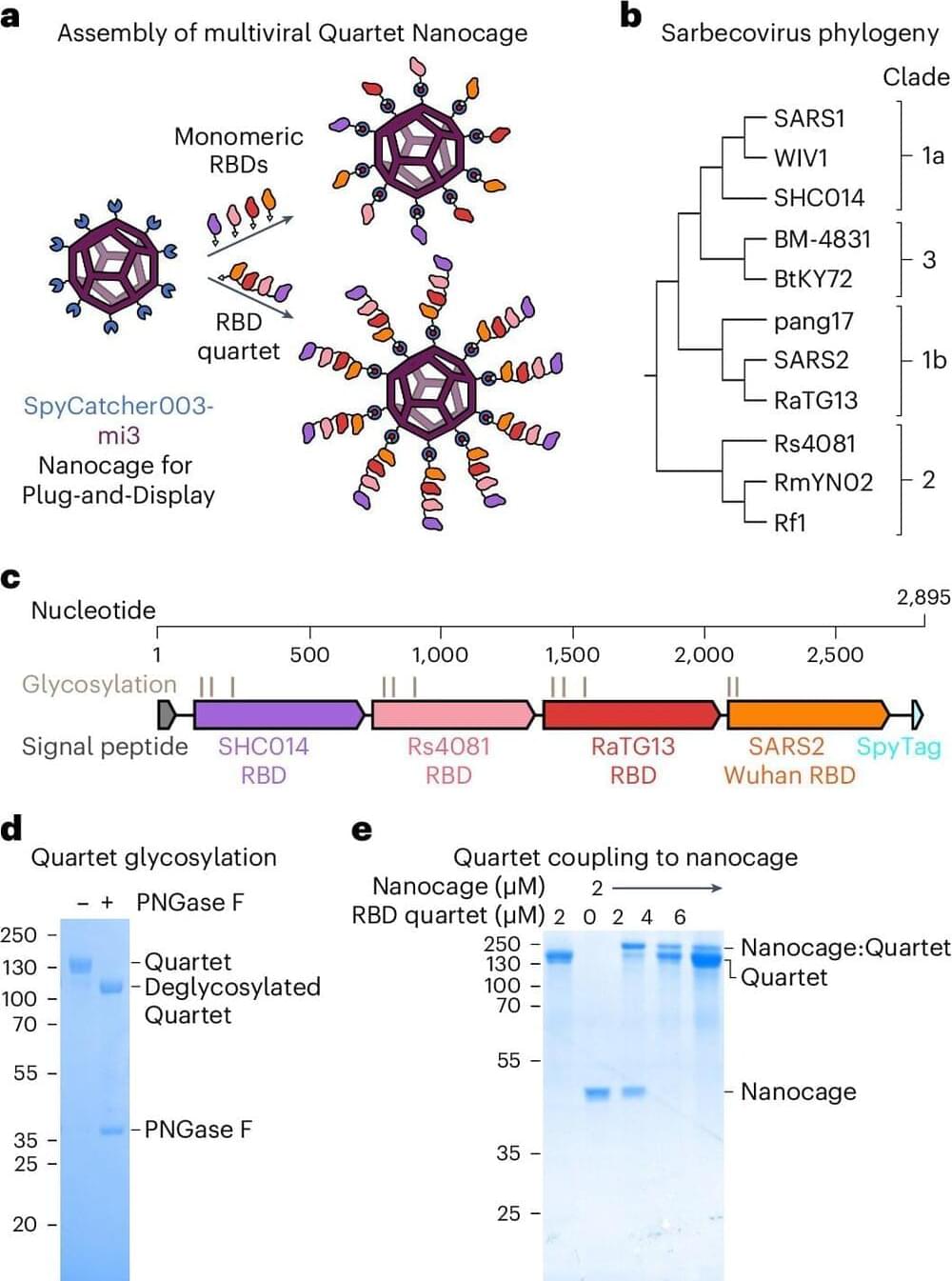May 8, 2024
Researchers Develop Energy-Efficient Probabilistic Computer by Combining CMOS with Stochastic Nanomagnet
Posted by Natalie Chan in categories: computing, information science, nanotechnology, particle physics
In this study, graduate student Keito Kobayashi and Professor Shunsuke Fukami from Tohoku University, along with Dr. Kerem Camsari from the University of California, Santa Barbara, and their colleagues, developed a near-future heterogeneous version of a probabilistic computer tailored for executing probabilistic algorithms and facile manufacturing.
“Our constructed prototype demonstrated that excellent computational performance can be achieved by driving pseudo random number generators in a deterministic CMOS circuit with physical random numbers generated by a limited number of stochastic nanomagnets,” says Fukami. “Specifically speaking, a limited number of probabilistic bits (p-bits) with a stochastic magnetic tunnel junction (s-MTJ), should be manufacturable with a near-future integration technology.”
The researchers also clarified that the final form of the spintronics probabilistic computer, primarily composed of s-MTJs, will yield a four-order-of-magnitude reduction in area and a three-order-of-magnitude reduction in energy consumption compared to the current CMOS circuits when running probabilistic algorithms.
